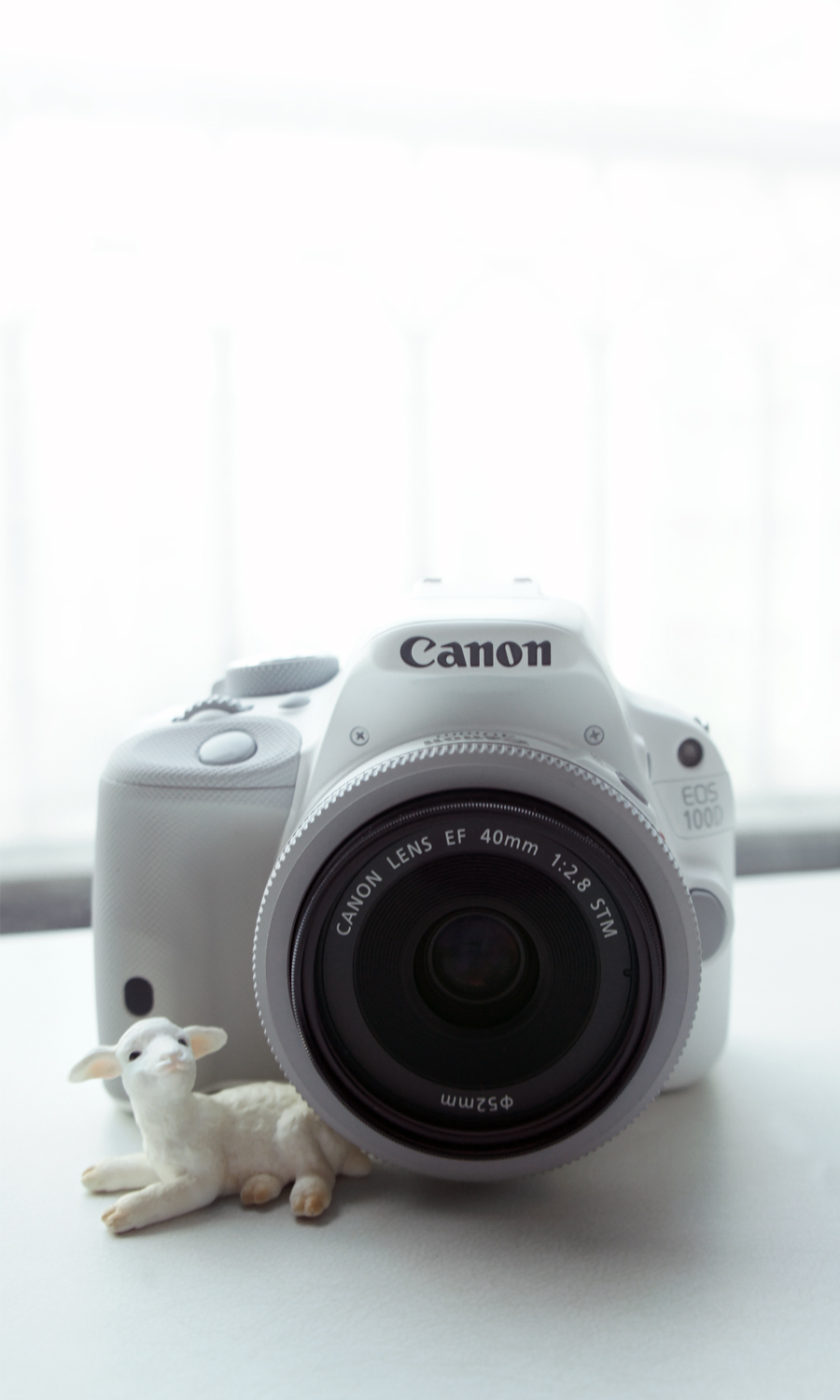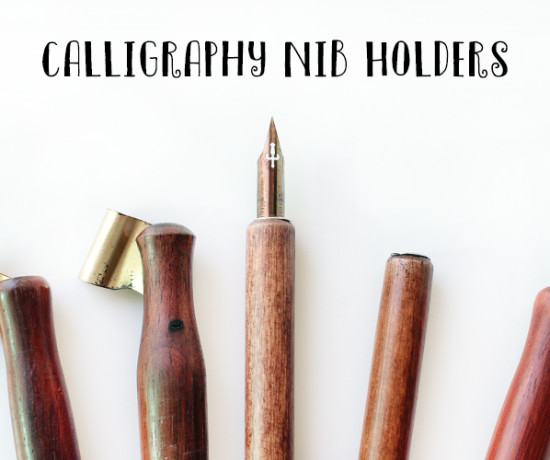
Why I switched from mirrorless to DSLR
Lenses. There’s plenty of talk on forums and blogs that mirrorless is the future of cameras. That may be so, but I’ve come to realize that it’s going to take some time for companies to build up an army of lenses for their mirrorless lines. As of right now there are 21 lenses available for the Sony E-mount. Half of these lenses cost over 100k won (~$1,000) and are completely out of my budget! DSLRs already have an established range of lenses to choose from and there are still new lenses being announced for them. While adapters may be an option for those who already have a collection of lenses, for someone who is just beginning their lens collection an adapter just adds to the costs and bulk. From what I’ve heard they can also be limited in terms of functionality (auto focus) which is very unfortunate indeed! So even while using the Sony Nex-3, I had been entertaining the idea of eventually switching over to a Canon or Nikon DSLR.
Lighter Options. One of the major reasons I bought a mirrorless camera in the first place was the weight. Before my purchase, a friend had shown me her DSLR and all I remember is how incredibly heavy it felt in my hands. I instantly knew that I would probably not enjoy carrying a heavy DSLR around. Even now, a heavy DSLR seems daunting to me since I’m likely to be carrying more than just my camera when I go out. When I was traveling through Europe this summer I carried my phone, wallet, passport, maps, a water bottle, first aid, pen & paper, extra memory cards, and batteries. On days I had scheduled night photography I was also carrying a tripod all day long; starting as early as 8 in the morning! So I was happy to see that both Canon and Nikon had come out with lighter DSLR options since I had last shopped around for a camera. The Canon 100D body weighs 370g and the Nikon D3300 body weighs 410g. Both a little heavier than my Nex-3 which weighs 297g, but still a good bit lighter than a 500ml water bottle and certainly lighter than the average DSLR that weighs over 600g.
Why I decided to upgrade my camera
I realize it would have made more sense to have started this post with why I decided to upgrade my camera, but I needed to explain why I didn’t want to continue using my mirrorless Nex-3 first. Since I knew that I eventually wanted to switch over to a Canon or Nikon DSLR, I didn’t want to pour anymore money into the Nex-3 that I already had. This included buying new accessories such as an electronic viewfinder.
Viewfinder. At first I didn’t really mind that the Nex-3 didn’t come with a viewfinder in the first place. I had been using a point and shoot camera without a viewfinder up to that point anyway. It wasn’t until I found myself in situations where I couldn’t rely on the screen to take a photo that I understood the necessity of a viewfinder. I finally went to see Europe for the first time this year and I knew that opportunities like this didn’t come along on a daily basis. If I didn’t get a clear shot, it wasn’t as if I could return the next week and try again. When I was standing in the midst of the Forum Romanum under the scorching sun, I could barely make out anything on the screen of my Nex-3. I was feeling rather discouraged when a guy came along and asked me to take a photo for him with his DSLR. The moment I put my eye to the viewfinder was like finding an oasis in the middle of the desert. Just being able to see what I was going to capture and focus purely on the shot was an amazing feeling. In that moment the viewfinder shot up to the top of my must-have list. I was still against the idea of buying an external electronic viewfinder for the Nex-3 as it didn’t come equipped with a dial to adjust the shutter speed or aperture while looking through a viewfinder.
Ergonomics & Design. Whoever designed the Sony Nex-3 clearly had set out to make a midway camera between the point and shoot and the DSLR, because that’s exactly what it was for me. On my point and shoot I only had the option of changing the ISO and White Balance while on the Nex-3 I had further options to change the aperture and shutter speed. However, the Nex-3 double-bar design became the perfect crutch when it came to learning about aperture and shutter speed. On one side of the aperture bar was a figure of a person with a solid mountain, while the other side had a person with a blurry mountain. One one side of the shutter speed bar was an idle figure while the other side had a running figure. While this was a wonderful way to ingrain the function and inverse relationship between aperture and shutter speed in my mind, but it was disconnected from the numbers they represented. To be fair, there was an option to see the numbers, but whenever you pressed the up or down key it would switch over to the bar menu again. Besides all this, I was tired of having to dig through several menus to change the ISO and White Balance.
Why I chose Canon over Nikon
So once I decided it was time to pull the trigger and upgrade, it came down to the big question: Canon or Nikon? To be perfectly honest, I had been leaning towards Nikon for the longest time. I had run across scores of bloggers and photographers who shot beautiful photos with a Nikon camera. I knew though, that it wasn’t so much the equipment I had fallen in love with, but the eye of the photographer that took them. After studying the comparisons online I had started to lean towards Canon but headed to the camera store to give them both a whirl.
Ergonomics & Design. Ultimately, it was the ergonomics and design that made me go with Canon. The dial was near the shutter button so I could quickly change things before taking a shot. The Nikon dial was on the back of the camera so I would have to use my thumb. The on/off switch felt like it was in a more accessible location and direction on the Canon. It was also big and rugged so it was easier to switch on in comparison to the flattened switch of the Nikon which reminded me of the on/off switches on point and shoot cameras. I also preferred the simplicity of the Canon info screen and how intuitive it was for me. I immediately knew how to change the settings and go through the menus. The Nikon info screen had an interesting look for the shutter speed, aperture, and ISO, but it felt like the rest of the information was jammed down at the bottom of the screen. I also wasn’t able to figure out how to change the settings before breaking down and asking the salesman. Apparently you have to press the ‘i’ button to the left of the screen before using the keys on the right. On the Canon you just use the buttons on the right to do everything. Why Nikon thought it was better to make the user go an extra step to use the menu is beyond me.
Slow Auto Focus. I had read a review somewhere that the Nikon D3300 had a slow auto-focus. I was surprised to actually find this to be true; it was noticeably slow! The Nikon D5300 did not have this problem, but it was also bigger than the D3300 in both size and price tag. I considered paying more to get something with a higher resolution and a flip out swivel screen, but in the end I decided that I would much rather fit in an extra wide-angle lens into my budget rather than using it all on the body and bundle lens. Which brings me to my last point-
Lens costs. In general, I found Canon lenses to be less expensive than Nikon lenses. Perhaps there is a difference in build quality, but if it was a serious gap then I’m sure there wouldn’t be this whole Canon vs Nikon debate to begin with. For me, it is more realistic to save an extra hundred dollars toward another lens than it is to spend big to buy a single lens in the first place. Perhaps later down the road I’ll feel differently about the lens quality, but seeing as I probably won’t become a professional photographer in the nearby future I am content with the decision I have currently made.
In the end, it all comes down to what works for you. Which camera do you have and what are you looking to upgrade to?



